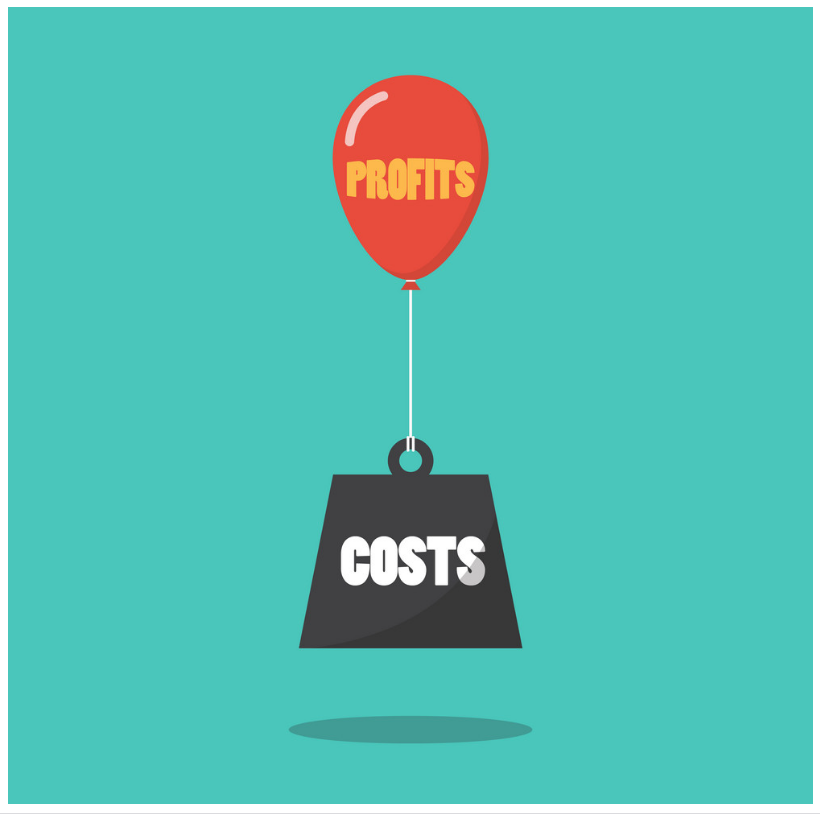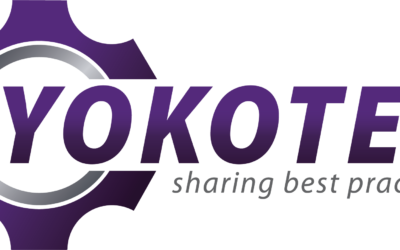Do you have a Burning Platform at work! Part 2
What are my variable costs? How can I further reduce my variable costs!
- This is really the domain for operations managers including the lean manager.
- Variable costs will be the material that comes into your business including packaging and transport as well as the direct and in-direct costs of production or service you provide.
- You need to know what are your levels of warehouse materials (Stocks) this includes components, raw materials and packaging.
- The same information is needed for finished goods.
- In both cases you need to know the value of the stock in money terms as well as the value of stock related to how often it rotates.
- Simply put, how much of the stock is sitting there and not being used!.
- A good recording system, Kanban, regular mini-audits and a series of optimisation projects will ensure your cash-flow has improved as the cash will be in your bank and not tied up in the warehouse.
- If you have been over-producing, for whatever reason, then you must stop this immediately. Do not produce in larger batches or quantities than is absolutely necessary. If this means talking to your client about this then its high time to stop listening to those who say this cannot be done. Start to make the right business decisions for your business, not someone else’s business.
- There is no doubt that you can increase your M1 margin by between 2% and 15% of your yearly sales value by simply focusing on your variable costs (materials, direct and indirect labour costs per unit).
- Review your suppliers list as well as the prices they are charging.
- Review your payment terms, are you paying too much, too early or too late. What can you do to optimise the cash-flow here!.

Many fixed costs of a business can actually be converted into variable costs.
This is a very advanced form of running a business and normally requires a mature understanding of TPS. Today’s exceptional business environment, demands exceptional leadership. Survival is based on our ability to keep our businesses in liquidity. I would recommend a short cut approach to achieving this goal. I must clearly stress that this method, reducing your fixed costs by converting them into production volume value streams in not about Outsourcing some of your internal service to outside providers.
- Firstly, you need to think out-side the box. This means;
- Forget what you have done traditionally up until now.
- Forget what that they taught you at your MBA business school.
- Forget what your Finance Director has said to you.
- Forget what you have heard from your lean “expert” (by the way there is no such thing as a lean expert, only a person with little or no humility).
- Now, think carefully what fixed costs you have in the business that are not conditionally driven by some form of variable production activity. Make a list.
- Now consider what other variable activities you have in the business; The number of revolutions of a machine. The number of kilometres of a vehicle. The number of hour of work of an overhead crane in your factory. Make a list.
a. You have activities that are directly related to the volume of production on an given shift or day, week or month.
b. These production volumes influence specific variable costs.
c. The more you produce the more you have of the variable cost.
d. Likewise, you have fixed costs which you engage, which are not directly related to the variable volumes of production but can be related to other variable activities.
e. These fixed costs are often shown as a regular fixed cost activity which takes place at a given time interval, say once a month.
f. Convert the fixed cost, or at least some part of that fixed cost, to the variable activity which is you listed above. - We need to think more about how to align the costs of the business directly in line with the volumes of the business. In other words, as the volumes increase so do the variable costs increase. As the volumes fall, so do the variable costs fall.
- Our fixed costs as a percentage of variable costs are small.
- This in fact means we have a low Break-Even point in our business.
- You should have at least one or two projects open throughout the year (using PDCA, OPL, A3 or Obeya) that are focused on the conversion of fixed to variable costs.
- The advice I have given above is not easy to understand. I have not read this information in some book or on some training programme. This is advice I have learnt working with the most profitable organisations in the world using TPS.
- Expect to improve your EBITDA by as much as 2% just from this one activity. So, if you have a 20 m Euro business, this one activity could save you up to 400ths Euro of OPEX.

How important is the Company Balance Sheet right now. Should I be looking at it in some special way!
The difference between the previous months balance sheet and this months Balance sheet is the profit and loss account (P&L). The cash-flow forecast, which most accountants do not produce each month, is the statement of the cash in-flows and cash-outflows between the two balance sheet dates.
The balance sheet is more important than the P&L account in that, it shows whether the value of the business has increased or decreased between two periods. Unfortunately, most accountants and Finance Directors only produce the P&L and Management Accounts for each month. The work involved in setting up a cash-flows model is not difficult, it depends on how complicated and useful you want it to be.

The Working capital
The working capital is the life blood of your business. It is the Capital you require to run your business on a daily basis. If you don’t have good working capital you are going to fall into a pit as soon as something unexpected happens to your business. The COVID-19 pandemic is a non-typical macro-economic situation which will dissolve your business in a matter of weeks. If you have a weak cash-flow, your entire business strategy will be focused on survival. Survival means having cash to survive the present crisis and make changes in how you manage the company and how you operate so as to start securing your business for the recession and inflation which we are likely to see within the next 6 to 16 months.
The end of part 2.
In the part 3 of my article you can read about the 9 cash-flow killers in your business you need to watch out for.
This article has been produced with the support of the Lean Leadership Way Institute, llw-institute.com within the YOKOTEN principles of sharing best practices.
If you have found this article valuable, please let us know.
Mark Forkun
Right now, we cannot visit our clients and Genba, “Go and See” and advise. What we can do instead is use the internet for online solutions to “listen and advise”. Please give us a call or attend one our or Leadership Forums.



